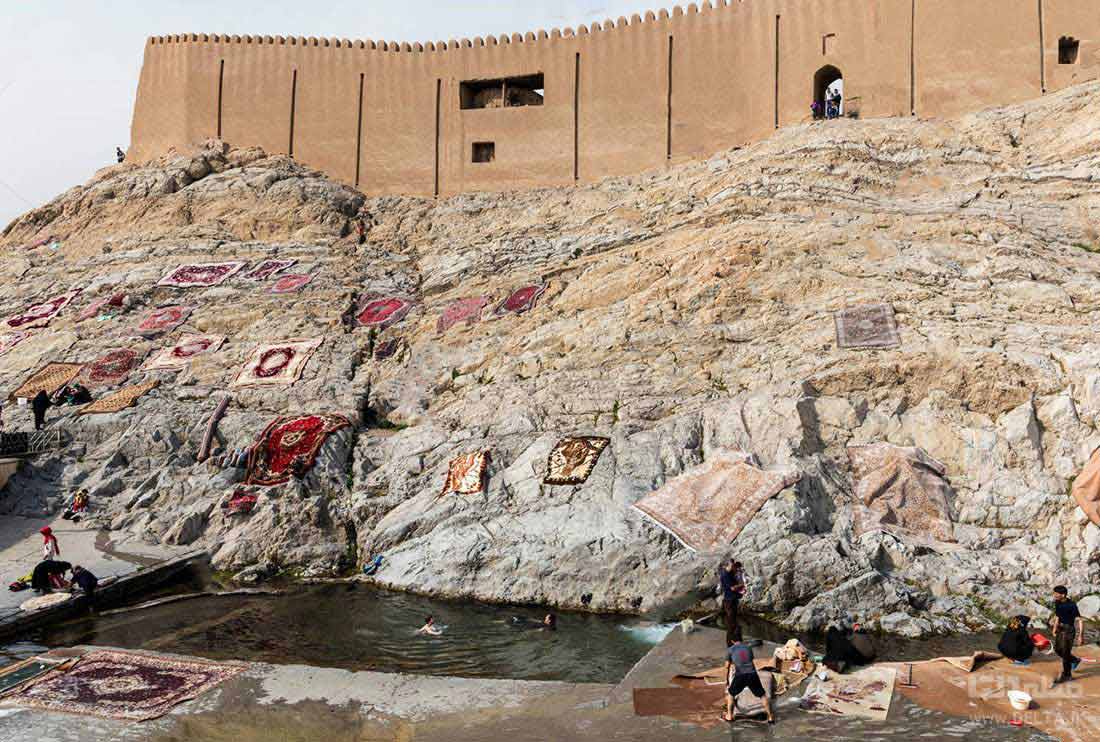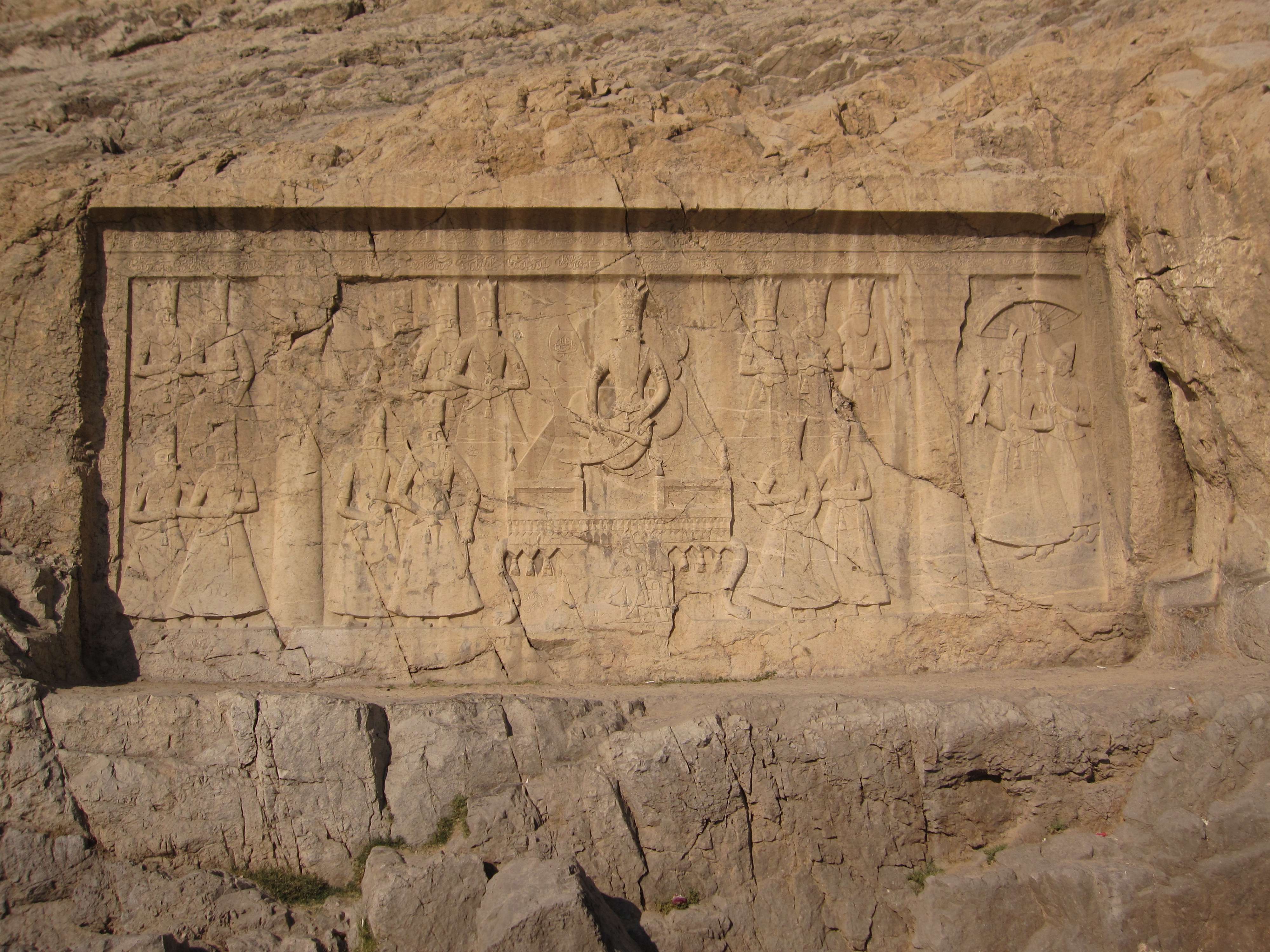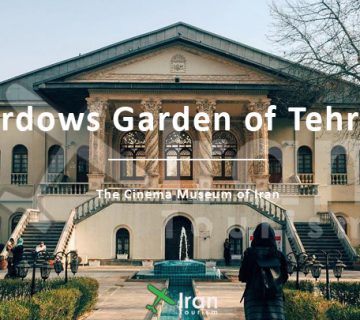Cheshmeh Ali is one of the historical sights of Shahr-e-Rey County, southern Tehran. Along with Tughrol Tower and Dez Rashkan, these can make a day trip to Shahr-e-Rey worth the effort. This historic tourist attraction in Iran is a manifestation of the everlasting power of Iranian kings, adopted from the ancient tradition of Mountain wall inscription.
Follow Irantourism’s article to learn more about this tourist attraction in Iran:
An Overlook of Cheshmeh Ali of Shahr-e-Rey, Tehran
Accessibility: To get to Cheshmeh Ali, you can get on Line 1 of the Tehran Metro and get off at the Shahr-e-Rey station. From there, get on a bus and get off at Ibne Baviyeh Shrine. Or get yourself to the Railway Square bus terminal. From there, get into a bus leading to Shahr-e-Rey and get off at Imam Zadeh Abdollah. This tourist attraction of Iran will be within a short walking distance.
Open days and hours: Cheshmeh Ali is available 24 hours and seven days of the week.
Summary of Cheshmeh Ali (the Spring of Ali)
Shahr-e-Rey County is one of the oldest cities of the Persian Empire. Being located in the middle of the Silk Road, it used to be regarded highly within the Persian Empire. Some ruins remain from that period, such as Dez Rashkan Citadel and Tughrul Tower.
Unlike the other two adjacent sights in Shahr-e-Rey, Cheshmeh Ali is only 200 years old. It was built during the Qajar era and adopted from the thousand-year-old inscriptions existing in places such as Shiraz city’s Persepolis and Kermanshah’s Bistun.

These inscriptions were ordered by the great kings of the Persian Empire to manifest their everlasting reign to the throne and their domination. After the loss of the Iranian militia to the Russian Empire, which resulted in the Torkmenchay treaty and the failure of massive parts of the land to the Russians, the Qajar King needed some other way to manifest their power to boost the morale of the local troops and commoners. This was when the idea of creating such an inscription was formed.
Cheshmeh Ali of Shahr-e-Rey is a sacred water spring that the locals believe has magical powers. So, they used to pilgrimage around it and bathe in its water.
Some even used it to wash their carpets to bring the sacredness with them back to their houses. All this considered, the king decided to create this inscription at this social hub; so everyone could see it and be touched by the sacredness of the spring.

The inscription manifests the king seated on the throne, surrounded by 16 of his sons. On the right side of the picture, we see the king holding a hawk and accompanied by a servant holding an umbrella over his head.
There are two tablets also engraved on the wall of Cheshmeh Ali, both manifesting some Persian poems praising the king.
At the top of the spring, there are the ruins of Rey citadel, belonging to 1800 years ago, when the city boasted wealth and prosperity during the great Persian Empire era.




No comment